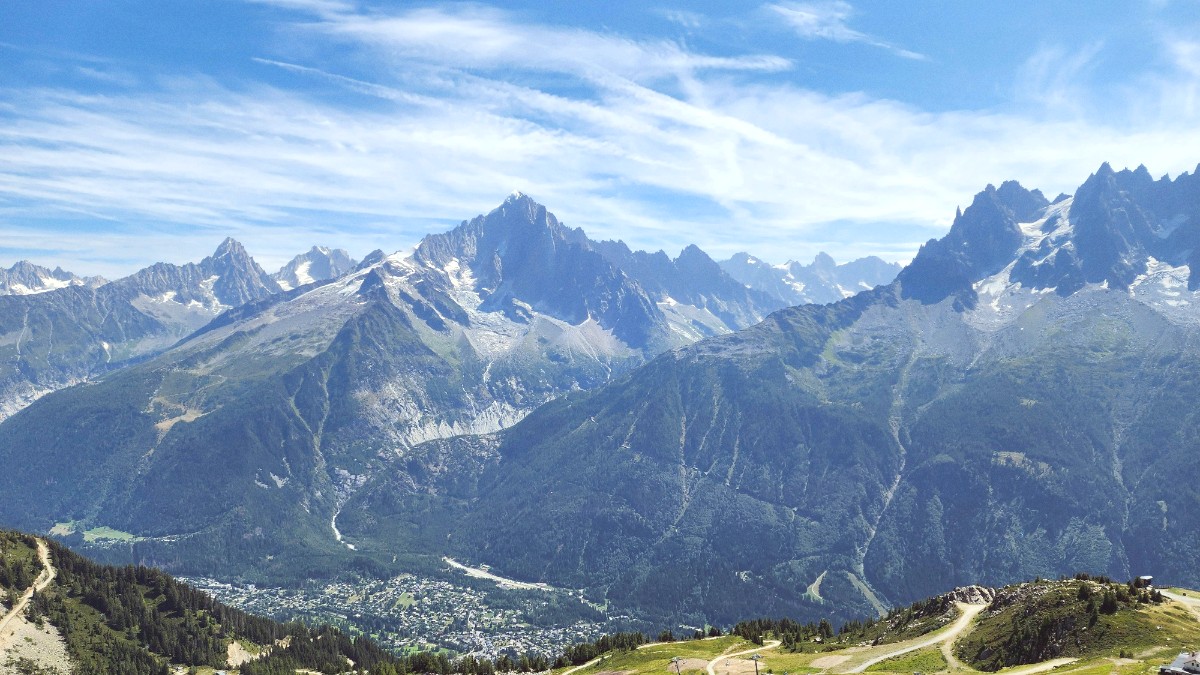
The French Alps, France
The public transport system comprises a comprehensive bus network (Chamonix Bus) and a scenic regional train line (Mont Blanc Express). The bus network connects Chamonix with all its surrounding hamlets and ski areas, extending from Les Houches to Le Tour and Col des Montets. The Mont Blanc Express train runs from St-Gervais-les-Bains-Le Fayet through Chamonix town and continues up to Vallorcine, eventually crossing into Martigny, Switzerland. Both offer easy access to various points of interest in the valley.
Route maps for both systems are available at the Chamonix Tourist Office, major stops, and often at accommodation receptions. The main bus station is Chamonix Sud, which serves as a central hub. The Chamonix Mont Blanc train station is centrally located.
Newer buses in the Chamonix fleet generally have ramps for wheelchair users and mobility aids.
Older trains on the Mont Blanc Express might have limited accessibility. Check with the tourist office for specifics.
Always carry your Guest Card/pass. Check schedules at stops or online (Chamonix Tourist Office). Apps like Google Maps can give real-time tracking.
Respect boundaries; avoid trespassing.
Do not venture without proper gear and a qualified guide.
Observe all signage for dangerous or restricted areas.
Especially in winter, avoid these areas unless professionally guided.
Taxis provide a direct option for convenience, especially with luggage or late at night. Ride-sharing services are less established here.
International companies operate in Chamonix and airports. Requires valid license, IDP (if needed), and credit card. Winter tires/chains are needed seasonally.
Less common for rental. Check specialized shops for limited availability.
Numerous shops offer mountain bikes, road bikes, and e-bikes for various durations. Good for exploring the valley's cycle paths.
Chamonix's unique mountainous terrain has led to specialized transportation options, making high-altitude access simple.
Local guides offer walking tours of Chamonix town, providing insights into its past and culture.
Learn about Chamonix's rich heritage.
Guided walks on valley trails focus on local flora and fauna, ideal for nature enthusiasts.
Discover alpine biodiversity.
Maps for self-guided town walks and valley trails are widely available from the tourist office or local shops.
Explore at your own pace.
Utilize the Chamonix Guest Card for free local transport to maximize your convenience and savings.
Always check current conditions and schedules, especially for mountain lifts and long-distance travel, to avoid unexpected delays.